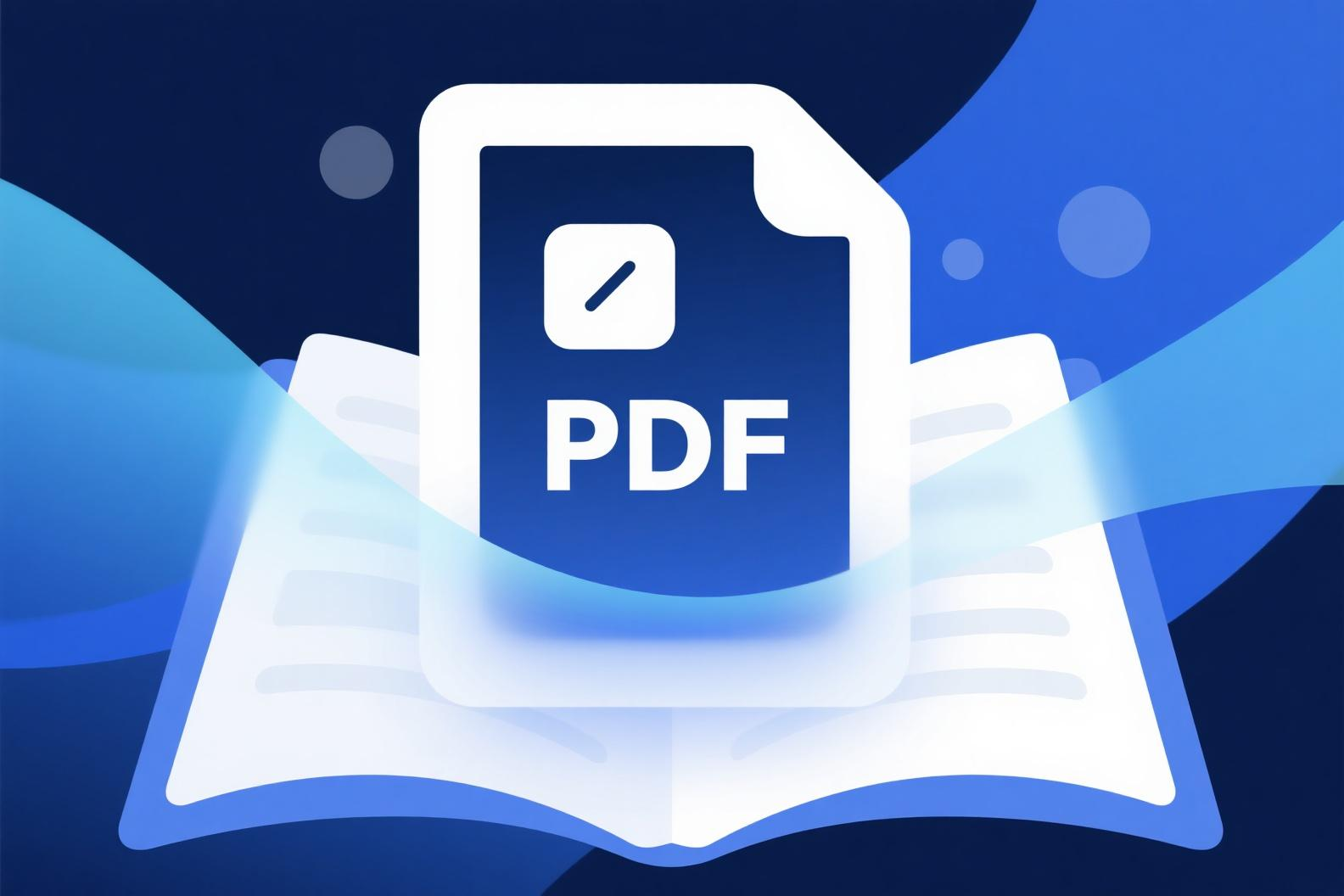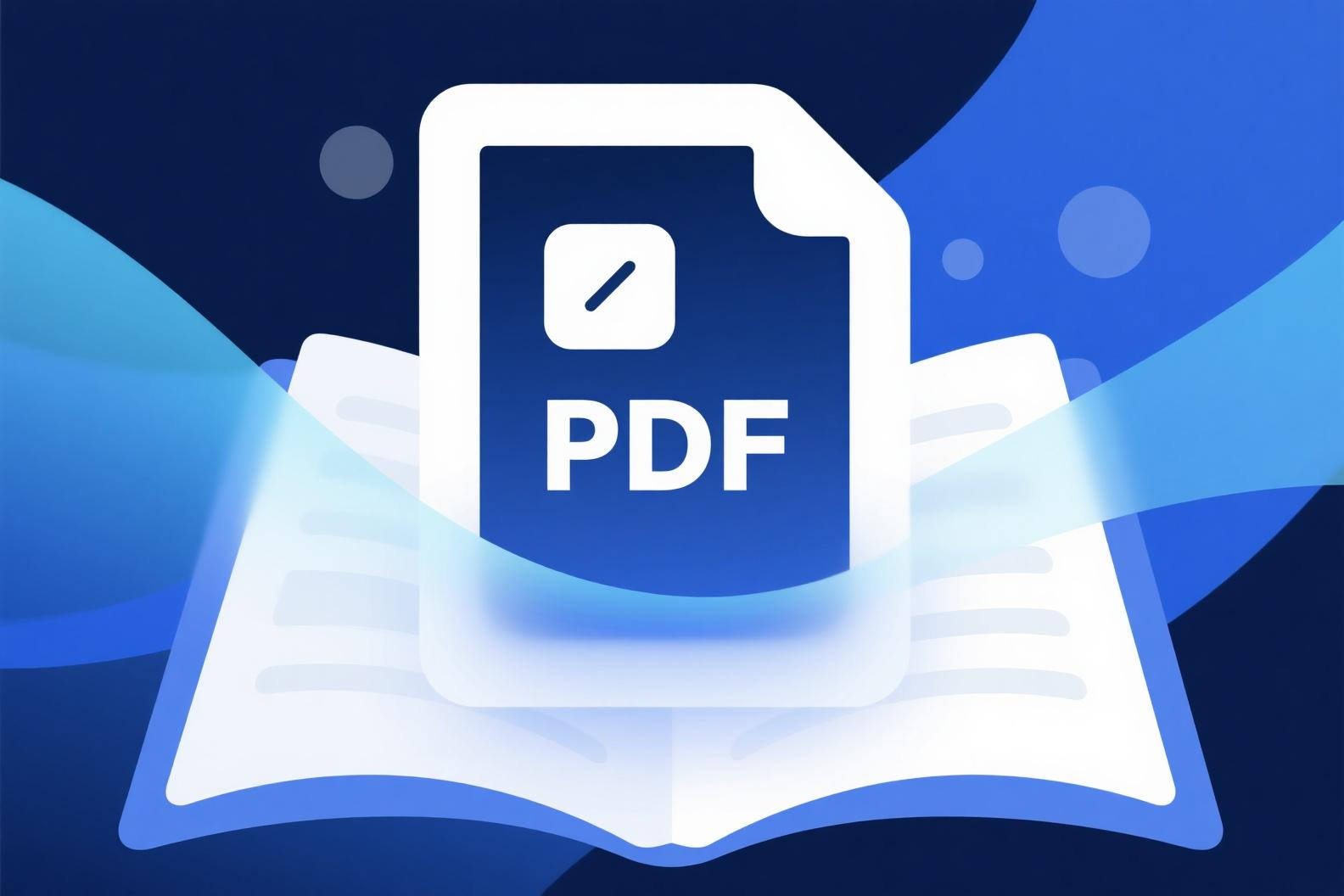The Portable Document Format (PDF) is ubiquitous for sharing information while preserving formatting. However, editing them often seems challenging. This comprehensive guide will walk you through practical PDF editing techniques, from basic changes to advanced operations, and address common problems you might encounter.
1. Basic Editing Techniques
-
Editing Text and Modifications
-
Direct Text Editing: Use a dedicated PDF editor to click and modify text directly, similar to Word. Pay attention to font matching to avoid layout issues.
-
Adding New Text: Use the "Add Text" tool to create text boxes anywhere on the page, with full control over font, size, color, and alignment.
-
-
Page Management
-
Rotate Pages: Correct pages that were scanned incorrectly with a single click.
-
Delete Pages: Remove unnecessary pages to streamline your document.
-
Insert Pages: Add specific pages from other PDFs or images into any position in the current document.
-
Reorder Pages: Intuitively rearrange page order simply by dragging and dropping.
-
-
Annotation and Commenting
-
Highlight & Underline: Emphasize key content for review.
-
Add Sticky Notes: Place comments and feedback anywhere on the PDF using the note tool.
-
Drawing Shapes: Use arrows, rectangles, and circles to draw attention to specific areas.
-
2. Advanced Operations
-
Form Creation & Filling
-
Convert static PDFs into interactive forms by adding text fields, radio buttons, checkboxes, and more.
-
Auto-detect form fields to fill them out quickly.
-
-
OCR (Optical Character Recognition)
-
This is a game-changer for scanned documents. OCR technology identifies text within images and converts it into searchable and editable text, solving the "can't edit a scanned PDF" problem.
-
-
Document Security & Optimization
-
Add Password Protection: Secure sensitive information with open and permission passwords.
-
Add Watermarks: Apply "Draft," "Confidential," or custom watermarks to protect intellectual property.
-
Compress PDF: Reduce file size for easier emailing and sharing.
-
3. Common Problems & Solutions (Q&A)
-
Q: My PDF is a scanned image, and I can't edit the text. What should I do?
-
A: You need a tool with a robust OCR feature. This will recognize text inside the image and make it editable. Online platforms like PDFSail offer excellent OCR functionality to handle this seamlessly.
-
-
Q: How do I combine multiple PDF files into one?
-
A: Look for the "Merge" or "Combine" function in your PDF editor. This allows you to drag and drop files, arrange their order, and produce a single, unified PDF.
-
-
Q: The formatting gets messed up after editing. How can I prevent this?
-
A: Try to use fonts similar to the original document. For complex layouts, use the "Edit Object" tool for precision adjustments. Alternatively, converting the PDF to Word for major edits and then back to PDF can be more reliable.
-
-
Q: Is there a way to handle PDFs online without installing software?
-
A: Absolutely. Powerful online PDF tools can meet most of your needs. A comprehensive solution like PDFSail provides an all-in-one suite for editing, converting, compressing, and applying OCR to your documents directly from your web browser. You can visit https://www.pdfsail.com to get started quickly.
-
Conclusion
Mastering these PDF editing skills will significantly enhance your productivity. The key is choosing the right tool for the task. For those seeking a powerful, no-download-required solution, online tools like PDFSail offer a convenient and efficient way to manage all your PDF needs.



